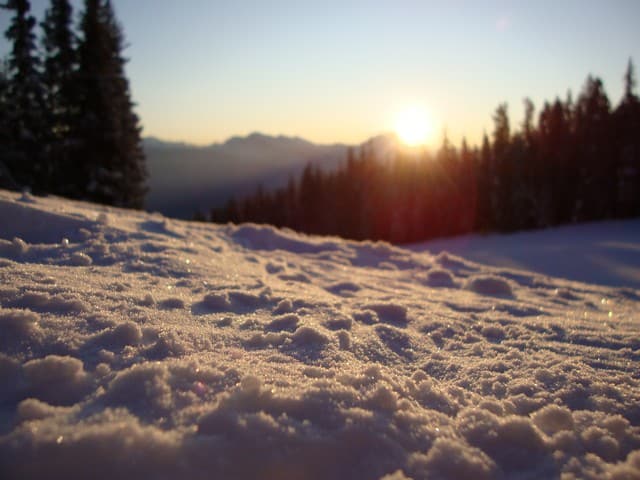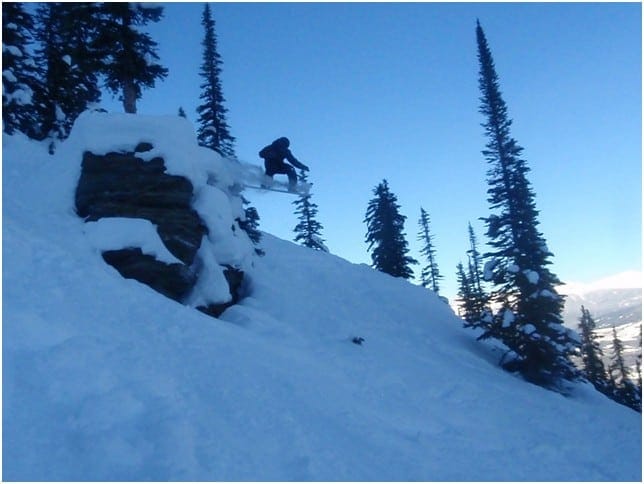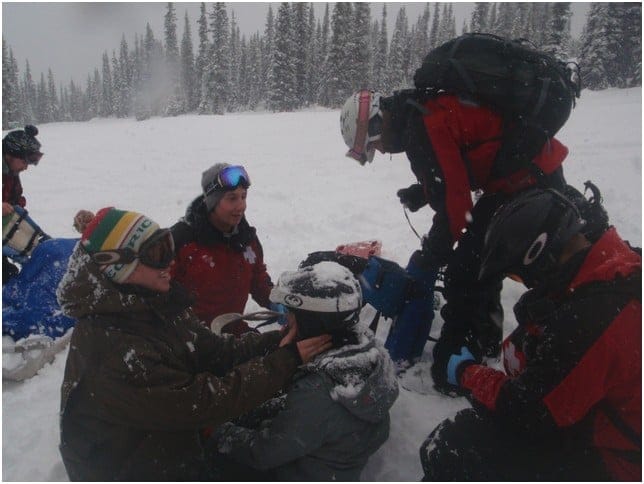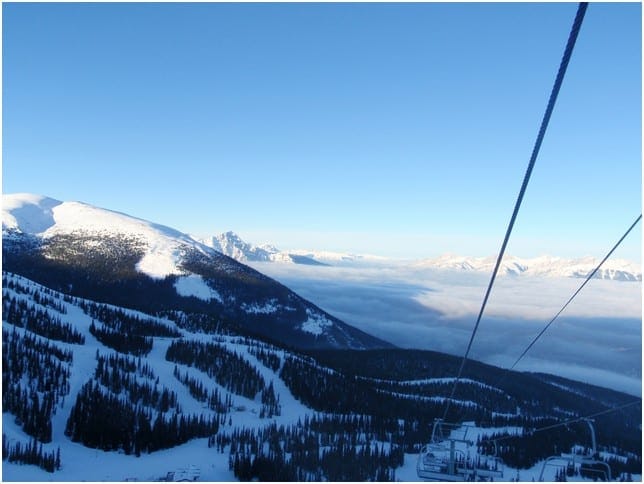In the Southern Hemisphere the snow is melting, the sun is shining and if you are reading this then it’s probably because you are already having withdrawals. In the Northern Hemisphere its getting darker, colder, and there is a certain crispness to the mornings. If you are in search of travel to a new destination, or to meet people, or whether its just to become a powder hound and ski in waist deep champagne snow then hopefully this will give you some guidance and help you rather than hinder you!
Although we are no experts, we both have enjoyed winter seasons in other hemispheres. I was lucky to pack up after University and spend 6 months working in USA at Mammoth Mountain in California with the Ski School. And we both just finished a season in Canada at Marmot Basin in Jasper in the Rocky Mountains.
Even if you are an expert or have never even seen the snow then heading overseas to enjoy skiing and snowboarding is the best way to experience it all. Hopefully the 10 tips to working on skifield below will help you enjoy and prepare for a ski season somewhere overseas or even back home.
10 Tips to Working on a Skifield
- Don’t expect to walk away a millionaire (or with hardly any savings at all) as you will most likely be paid minimum wages. You won’t go hungry and you will still manage to have a great time on the measly sum you receive each week. We even managed a road trip for 7 weeks across Canada and America after working at Marmot Basin.
- Try to resist buying your gear before you go. You can save on baggage weights plus its usually cheaper if you are in North America.
- On that note though, don’t go nuts buying every cool item you spot when you are there! You have to get it home again. I took 3 snowboards home the first time and not quite sure how I was supposed to ride them all at the same time.
- If you can, then get a job before you go. The IEP Organisation in New Zealand is a great help with job fairs where you can meet the ski field operators and obtain jobs before you go. This saves a lot of time and stress.
- Make the most of every minute you can to go snowboarding or skiing. Because when its all over, even if you clock up 115 days in a season like myself, you will still wish that you had spent those days that you didn’t go up on the slopes.
- Take it easy the first few days. If you think you are an expert, your probably not, and everything is bigger and crazier overseas so build your confidence slowly, especially in unfamiliar situations such as in powder or in the terrain park. Adela broke her collarbone on the 4th day that the mountain was open it and it took 2 months to heal!
- Ensure you have insurance, because that broken collarbone cost $300 for the ambulance, $200 for the doctor and another $800 at the hospital for X-Rays. The total bill by the time it was healed was over $3,000. I have also not had the best luck with my seasons with a ruptured appendix the first year (cost was $97,000!!!) and the second time I ended up getting internal bleeding after landing wrong trying a new trick off a jump (cost $20,000). I ended up in hospital for a month which shut down my ski season. Luckily there was only a month left and it was all covered by my comprehensive travel insurance rather than having to get a personal loan.
- If you think you have had powder before in a place like New Zealand then think again. If it snows, be the first in line. You will never experience anything like floating on fresh champagne powder as you hurtle down the mountain.
- Embrace the apres-ski lifestyle. It goes hand-in-hand with a ski season. There is nothing like spending the day on the slopes with your mates and then hitting the bars with your google tans in full force.
- And last but not least enjoy it! I am sure you will.
If you have any questions then feel free to drop us a comment below or get in contact with us anytime.



